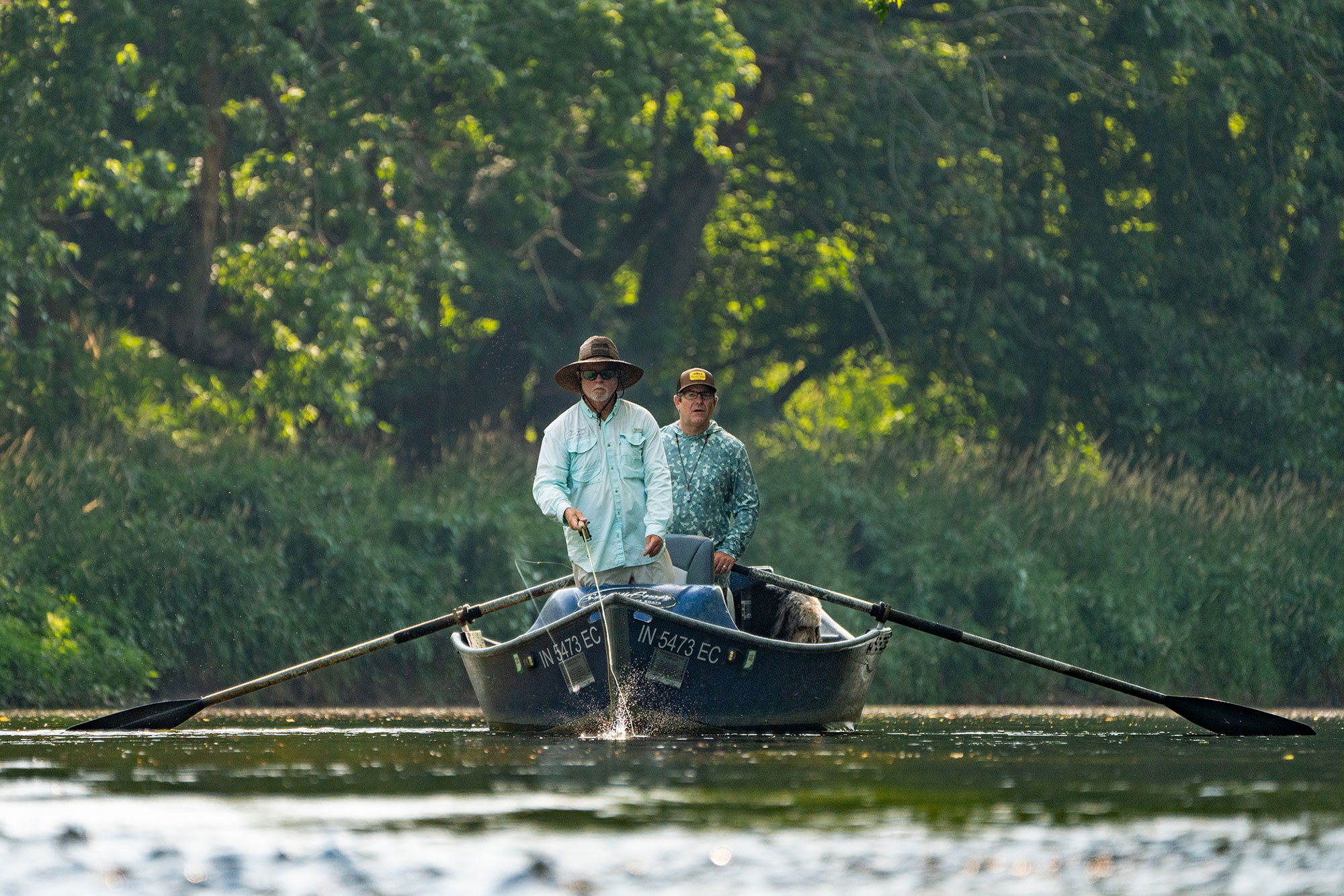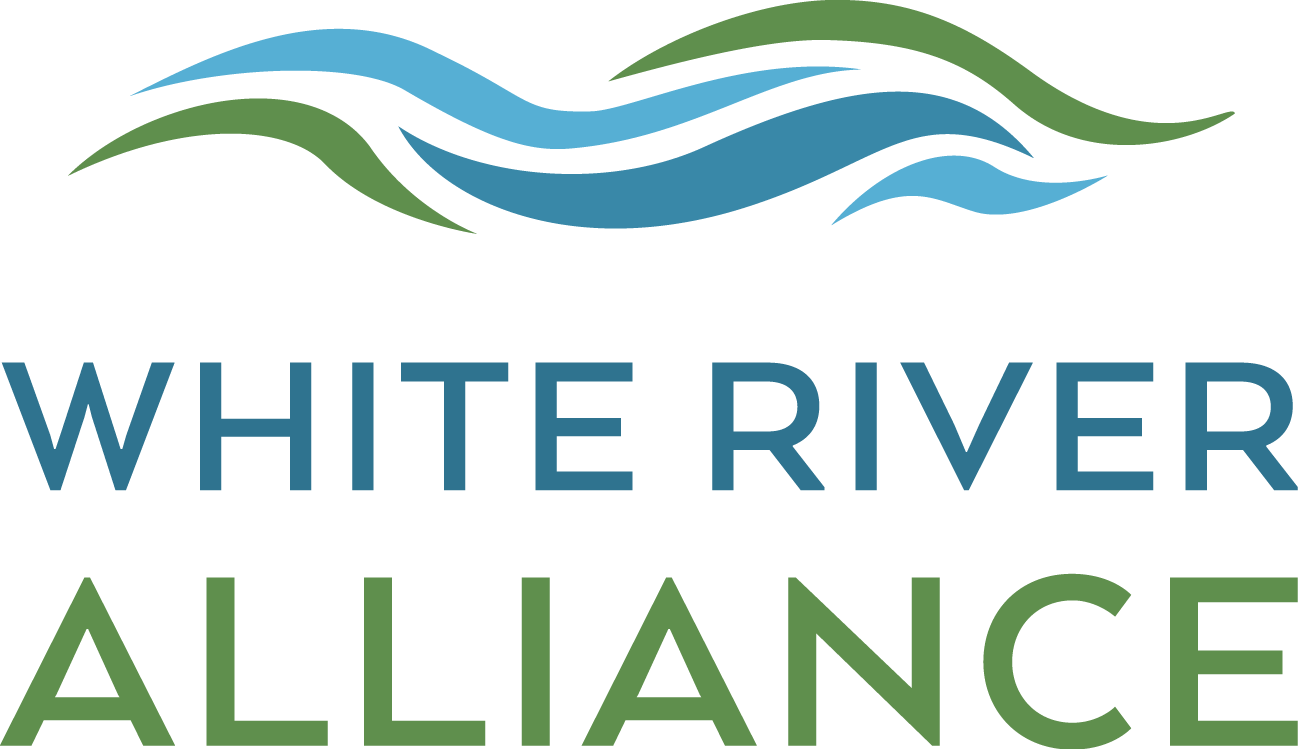

The River
About The White River
The Upper White River Watershed encompasses a 2,720 square mile (1,740,544 acres), sixteen county area within central Indiana and provides drinking water and jobs to more than 2 million people.
16
Counties
1.7
Million Acres
4
Reservoirs
Did you know the White River actually has two forks? The 312-mile Upper White River is referred to as the West fork.
Upper White River Watershed
The Upper White River Watershed, a hydrologic unit code (HUC) 8 watershed, is one of 39 other HUC 8 watersheds in Indiana. It is the largest HUC 8 watershed completely located in the state of Indiana. The Upper White River Watershed is comprised of 17 smaller HUC 10 watersheds. Learn what smaller HUC 10 watershed you live in what the White River’s conditions are like by clicking the buttons below.

